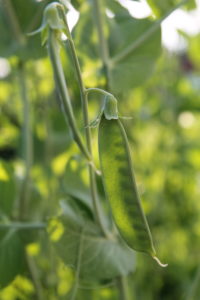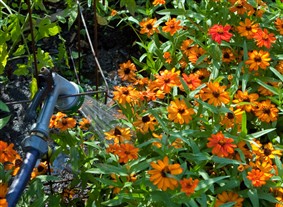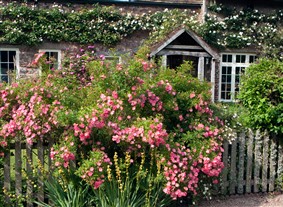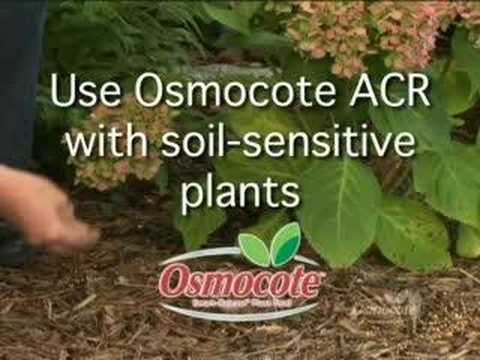Plant Peas When the Daffodils Bloom
Views: 7016

Spring has arrived at last, and with it, the time to plant cool season vegetables. Have you ever heard the old saying, “plant peas when the daffodils bloom?”
To be perfectly honest, I just heard it yesterday. But I like it. It reminds me that nature is not bound by dates. There is a flow and connection of growing, living plants to the changing seasons.
My daffodils have been up for a week. So maybe I’m a little late on the peas. Not too late though—it’s still March and my frost free date is many weeks away (May 15, here in central Ohio). This is a perfect day to plant cool season vegetables, those seeds that thrive in cold soil. The days are still cool, which is perfect for the peas.
Crunchy, sweet, vibrant green peas plucked off the vine and plopped in my mouth while I’m out in the garden. That’s the season I’m looking forward to. That time will come, in about 52-58 days if I start now and plant my peas.
Flowering Sweet Peas
Now is the time to plant flowering sweet peas in the garden—not to eat, but for cut flower arrangements. These very fragrant flowering vines will need a place to climb. Train on a fence or put some bamboo poles in the garden. This year I am trying Senator, an heirloom variety from the 1890’s, prized for its lovely white blooms streaked with maroon and its wonderful fragrance. I am also planting Galaxy mix and Old Spice mix for blue, lilac, rose, salmon, and scarlet flowers.
How to Plant Peas
Peas, like other legumes, have the remarkable ability to form a beneficial relationship with a certain bacteria that naturally occurs in soil. The bacteria form nodules on the roots of peas and beans that extract nitrogen directly from the air to feed the plant.
That’s a good thing. To ensure that bacteria will benefit your peas, you can inoculate them. Farmers have known about this symbiotic relationship for eons. You can purchase the pea and bean inoculant from Cook’s Garden or Johnny’s Seeds. When you are ready to plant, moisten the seeds and dust with the dormant rhizobia. Some studies say it increases yields by 77% so it makes sense to help your peas along.
This spring I am planting both edible and non-edible peas. Sugar Ann snap peas don’t require trellising because the vines only grow about two feet. Snap peas are sweet with plump, edible pods. Snow peas have flatter edible pods and are wonderful for stir fries. I am planting Snowbird, which is also a dwarf plant that won’t need staking. Other edible peas will need staking, so read the label.
Meet Jennifer Bartley
Jennifer Bartley grew up on a ravine near an ancient Indian mound. She remembers spending glorious childhood days picking wildflowers and playing in an old,…
Jennifer's Recent Posts

Hand Watering the Kitchen Garden








